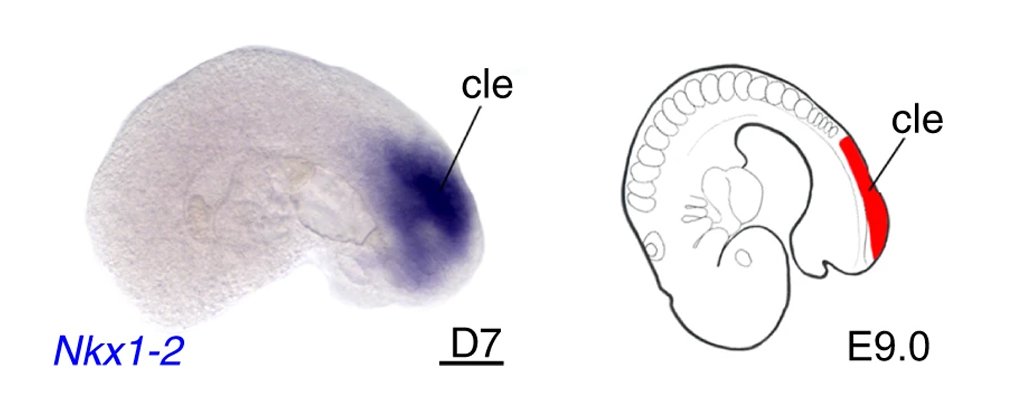Products You May Like
The most complex life forms ever developed entirely in Petri dishes can pump blood through tiny beating hearts, gradually growing nerves and muscles in a laboratory.
These little collections of mammalian cells form rudimentary mouse embryos, built from scratch out of stem cells – cells that have the potential to develop into any other cell type in the body.
While scientists have successfully been creating synthetic organs called organoids for a while now, these lack the full variety of cell types found in the real deal. This human-built mouse embryoid is a whole lot more intricate.
“Watching an embryo develop is a marvelous thing to behold,” said developmental biologist Christine Thisse from the University of Virginia, one of the authors of the study.
“What is amazing is that we can get the variety of tissues that are present in an authentic mouse embryo. [This] model shows that we are able to induce cells to execute complex developmental programs in the right succession of steps.”
The embryoid isn’t a complete unborn mouse, and it can’t fully develop into one as key parts are still missing – like a giant chunk of the brain. But the complexity of this experiment takes researchers a huge step towards being able to build fully functional organs in a lab.
“Human organs are made of multiple cell types that originate from different parts of the growing embryo,” said developmental biologist Bernard Thisse. “The gut, for example, is made from cells that form a hollow tube. Models of this tube in a dish have been made and are called gut organoids.
“However, this tube is not enough to make a functional gut because this organ contains other components, such as smooth muscles, blood vessels and nerves that control the function of the gut and which are made from cells of different origins.
“The only way to have all the variety of cells necessary to the formation of functional organs is to develop systems in which all precursor cells are present. The embryo-like entities we have engineered using stem cells are providing just this.”
Developing these fully functioning biological systems requires getting a slew of things just right – such as the correct cell type, spatial location, and timing of cell signals to get the desired outcome. Synthetically recreating these complex processes is only possible thanks to generations of research in developmental biology, including this team’s previous research on zebrafish.
Many previous attempts have been built upon. These were missing things like entire types of tissues, didn’t form a head structure, failed to organize tissues correctly, or develop to the embryonic stage called gastrulation.
Many of these issues involved the need to spatially confine the developmental chemical signals within the forming embryoid. Thisse and colleagues developed a way to do this in their zebrafish experiments – creating centers for the signalling chemicals that provide the cell clusters with a sense of direction – back and front, head and tail.
They could then control the timing, size, and strength of these signals.
Their work has now culminated in these miraculously functioning mouse embryos, with all the normal early embryonic tissue layers. The correctly organized cells and tissues are arranged properly around the embryoid spinal cord precursor (the notochord), including developing digestive, muscular, nervous and circulatory systems and a beating heart.
However, the embryoid is still missing parts of the brain, and the team suspects this may be because the chemical signal telling the cells they’re at the butt end (called a WNT morphogen) spread too far.
“With the techniques we have developed, we should be able, at some point, to manipulate molecular signals that control embryo formation, and this should lead to generating embryo-like entities containing all tissues and organs including the anterior brain,” said Bernard Thisse.
The researchers hope to learn how to fully control and manipulate the embryoid development, and think it may become a powerful tool for studying diseases.
“Having all the variety of tissues made allows us to hope that the scientific community will be able to build organs with a proper vascularization, innervation and interactions with other tissues,” Christine Thisse said.
“This is essential to be able one day to produce functional human replacement organs in a dish. This would overcome the shortage of organs for transplants.”
Their research was published in Nature Communications.
